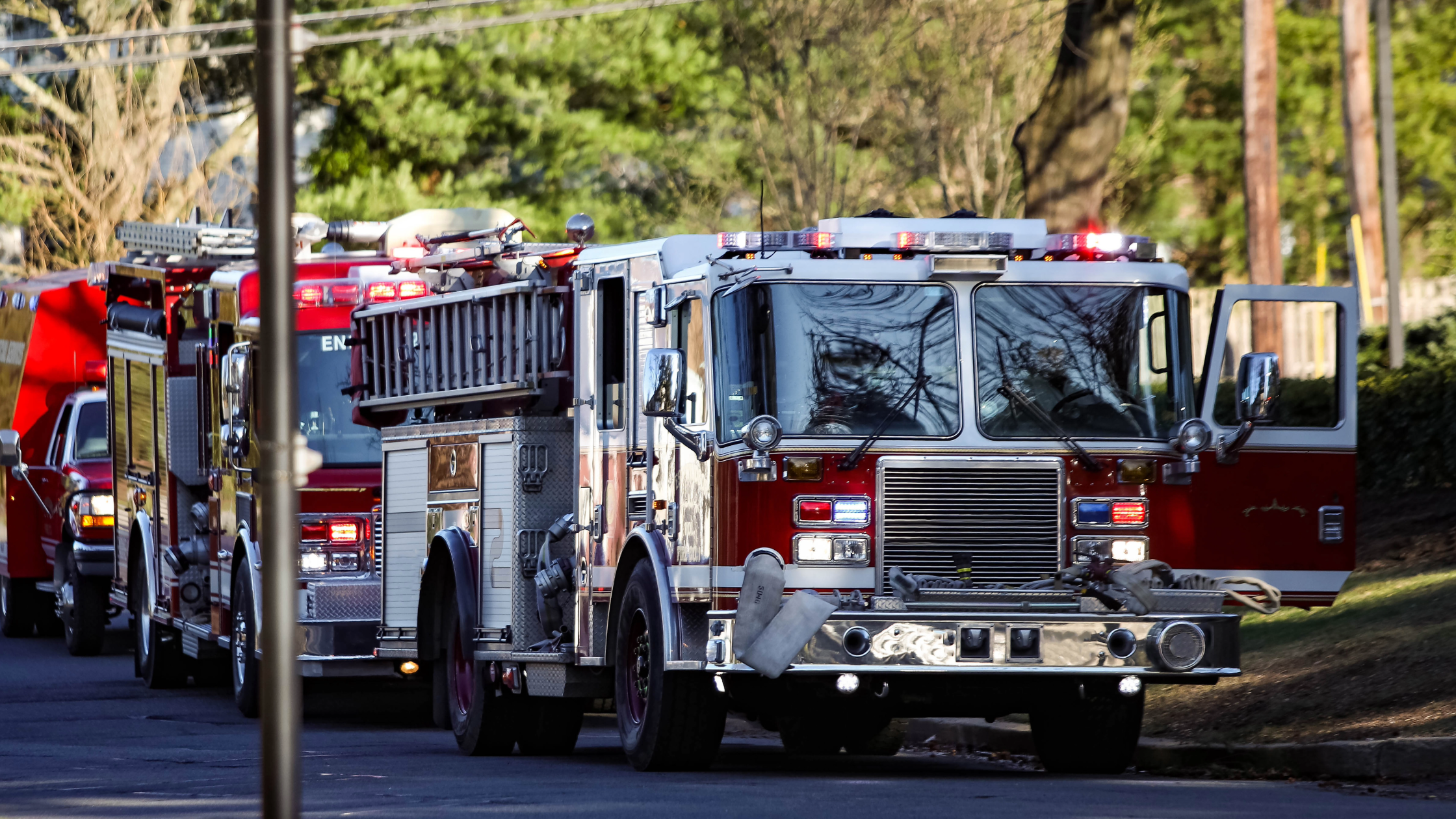Imagine this:
You’re dispatched to a cardiac arrest. Additional information from 911 shows that the call originated through a Life Alert system. The caller stopped talking just two minutes before EMS arrived on scene.
As you work to resuscitate the patient, the police officer advises there is no one else in the house. The intubation is difficult due to vomitus and the size of the patient’s neck. An expletive is used during the intubation attempt. Everyone involved laughs and someone in the crew negatively comments on the patient’s size and weight. You successfully covert v-fib to a sinus rhythm.
While you’re packaging the patient and moving them to the ambulance, additional comments are made by the EMS crew on the weight of the patient. The patient survives to ICU admission and is eventually discharged. Another successful resuscitation.
Weeks later, your supervisor asks for a meeting regarding this call. Together, you review the ePCR—and your patient care documentation is on point. Nothing to worry about, you think. But, as the meeting continues, you learn a lawsuit was filed by the patient against the EMS crew and your organization.
You can probably guess what the lawsuit is about—but can you guess how it came about?
When the caller stopped talking, the Life Alert dispatcher stayed on the line until first responders arrived. The dispatcher then muted the phone to handle another call but was still recording. The audio from the call was recorded until the patient’s device was out of range from the base at the house.
The patient wanted to thank the Life Alert dispatcher and EMS crew and requested to listen to their recording. After hearing the events that took place and the comments that were made, the patient was emotionally distressed and took the action they deemed appropriate.
The walls have ears… and eyes too!
In today’s day and age—we’re being watched and recorded, almost always.
As our society becomes more and more intertwined with technology, the ways in which we’re watched, listened to and surveilled continue to evolve and increase, for example:
- According to PreciseSecurity, the U.S. tops the list when it comes to the number of surveillance camera installations per capita. This means no matter where your call is—there’s probably a camera at the nearest office, street corner or store.
- The global smart doorbell market is expected to register a compound annual growth rate of 4% from 2023 to 2030, according to Grand View Research. So, the chances of you being recorded near the front door of citizens homes’ is going to continue to grow.
- There are 46.5 million Amazon Echos’ installed in the United States—and that only accounts for a little more than 50% of all smart speakers installed in the U.S., says Statistica. Meaning, there’s a possibility that you’re being recorded anytime you’re inside of a home, too.
- Mordor Intelligence reports that dash cams already come standard or are available from many high-end auto makers and that the North America dashboard camera market is expected to register a compound annual growth rate of 15.4% from 2022 to 2027. Plus, driving monitoring systems have the ability to record, too.
- Finally, there’s always the possibility of being recorded by someone’s cellphone, drones flying overhead and more.
You can’t control the cameras. But you can control your actions.
You can debate the ethics of recording devices and whether they’re for the greater good or for evil. However, what shouldn’t be up for debate is the importance of protecting your team and emergency service organization from the possible legal, reputational, emotional and other ramifications that could arise from being recorded at any given moment.
While your team doesn’t have the time or capabilities to check each scene and situation for recording devices, you can help mitigate risks by assessing your organization’s culture, ethics and values and evaluating how those standards are (or are not) reflected in your crews’ actions, decisions and behaviors—whether or not someone’s watching.
Develop a culture that promotes doing the right thing—even when no one is looking.
It would be convenient to be able to keep it simple and just say, “do the right thing”. However, if the principles that you’d like your team to adhere to are not formally written, taught to members, practiced by leadership and engrained in your organization’s culture—it can be easy for bad habits, careless mistakes and negative behaviors to creep up. That’s why it’s important to have policies in place that address your ESO’s ethical and conduct-related expectations for personnel, as well as organizational procedures related to these expectations, including how personnel are informed of these policies and the possible consequences they may face if they don’t follow them.
Here are 5 free SOG samples available on ResponderHelp.com that can help your organization create, review or update your governing guidelines regarding ethics and conduct:
- Vision Statement: A declaration of an organization’s objectives to help guide internal decision-making.
- Mission Statement: Defines an organization’s purpose and goals, including what kind of service they aim to provide.
- Ethics Statement: To help assure the operations, activities and affairs of an organization are conducted properly and kept confidential.
- Code of Ethics: Intended to have members pledge their support for maintaining the highest level of professionalism and behavior.
- Code of Conduct: Intended to have members pledge their support for following the rules and direction set by the organization.
Making the most of your governing policies
If your emergency service organization has the same mission statement from 1975 and the only time your members hear about your organization’s values is during their orientation—your governing policies may be considered mundane documents rather than inspiring traditions.
Here are a few considerations for your governing policies:
- Frequently review and maintain your governing policies to help ensure they address your everchanging operations and current industry best practices.
- Provide a copy of these guidelines to each member during their onboarding process and to all team members anytime a change is made.
- Thoroughly explain the contents of your policies to new members, including providing scenarios to help demonstrate how to apply the guidelines in real life. This should be done as a group anytime changes are made as well.
- Keep a copy of your governing policies in a centralized, easily-accessible location.
- Have a leadership team that prioritizes demonstrating and teaching the principles outlined in your governing policies.
A focus on leadership:
Your leaders can help establish the importance of these values and rules through leading by example and having frequent discussions with personnel about what it means to truly live by them. For example, you may have the word “integrity” written in your Code of Ethics, but do you talk about what it really means?
Integrity stems from the Latin word ‘integer’ which means ‘whole’ and ‘complete’. So, it assesses the wholeness, consistency and entire soundness of one’s moral character. Living with integrity means that you can be counted on to behave in a certain manner—including in your actions, words, decisions, methods and outcomes—no matter the situation (and whether or not you’re being recorded).
Even the best people have bad days. But, in today’s world, it’s possible for your worst moment to be caught on camera for the world to see. Given that possibility, and the fact that firefighters, EMS providers and other emergency responders are typically held to a higher standard than the general public, you can never have too many conversations about the importance of always doing the right thing.
Rick Gurba, Director of VFIS Education, Training and Consulting
40 Years in EMS, 5 years in the fire service + 5 years in 911 telecommunications
DISCLAIMER
The information contained in this blog post is intended for educational purposes only and is not intended to replace expert advice in connection with the topics presented. Glatfelter specifically disclaims any liability for any act or omission by any person or entity in connection with the preparation, use or implementation of plans, principles, concepts or information contained in this publication.
Glatfelter does not make any representation or warranty, expressed or implied, with respect to the results obtained by the use, adherence or implementation of the material contained in this publication. The implementation of the plans, principles, concepts or materials contained in this publication is not a guarantee that you will achieve a certain desired result. It is strongly recommended that you consult with a professional advisor, architect or other expert prior to the implementation of plans, principles, concepts or materials contained in this publication.
This blog post may contain the content of third parties and links to third party websites. Third party content and websites are owned and operated by an independent party over which Glatfelter has no control. Glatfelter makes no representation, warranty, or guarantee as to the accuracy, completeness, timeliness or reliability of any third party content. References to third party services, processes, products, or other information does not constitute or imply any endorsement, sponsorship or recommendation by Glatfelter, unless expressly stated otherwise.
Related posts
We asked 10 members of our VFIS Team to name one auto-related risk that they believe is underdiscussed in fire and EMS agencies. Here’s what they said.
Most volunteer fire departments rely heavily on POVs, but there are inherent risks you should know.
Establish a Emergency Vehicle Operations Program that includes driver/operator requirements to help ensure your vehicles are in the right hands.







Submit a Comment